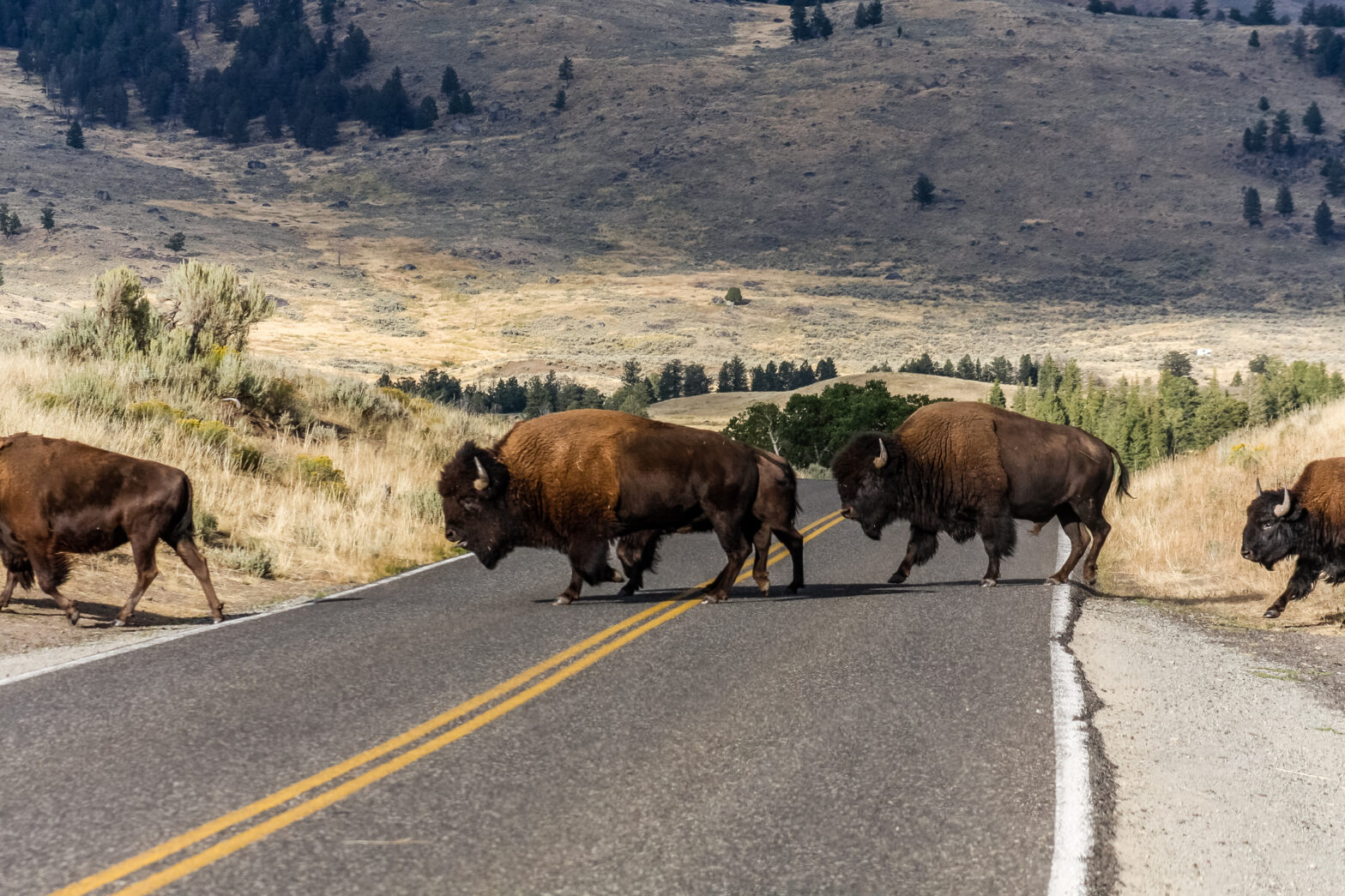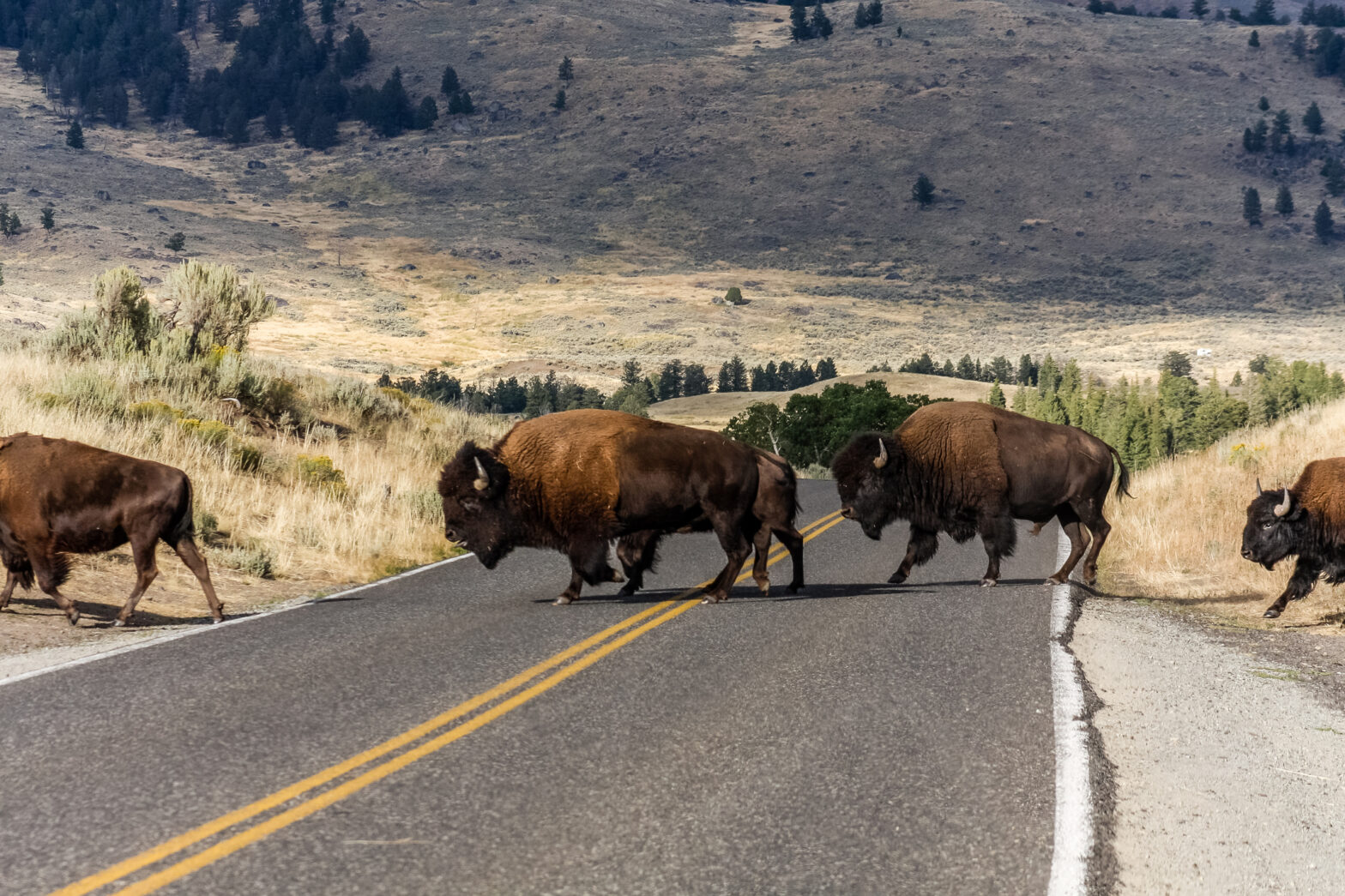Current Activity and Monitoring
- Alert Level: As of July 2025, Yellowstone remains at a “Normal” alert level (the lowest possible), with the aviation color code at green, indicating no signs of imminent volcanic unrest.
- Seismicity: June 2025 registered 60 small earthquakes (largest: M2.7)—well within historical norms and not linked to elevated volcanic hazard. Most seismicity is associated with minor hydrothermal or tectonic activity rather than magma movement.
- Hydrothermal Events: Minor eruptions have recently occurred at Steamboat Geyser and Black Diamond Pool in the Biscuit Basin area. A small hydrothermal explosion at Black Diamond Pool was captured by webcam, and these events are related to shallow hydrothermal system dynamics, not magmatic eruptions.
- Ground Deformation: Summer 2025 marks a regular, seasonal pause in the long-term gradual subsidence (sinking) of the caldera, a well-known annual pattern.
Subsurface Structure and Magma Reservoir
- Yellowstone’s magmatic system contains at least two massive magma chambers:
- The shallow chamber lies 5–17km (3–10mi) beneath the caldera, measuring about 90km long by 40km wide, mostly solid with only 5–15% molten rock at any given time
- A deeper reservoir, discovered via seismic imaging, sits at 12–30mi beneath the surface and is even larger—capable of filling the Grand Canyon multiple times. Both chambers are not filled entirely with molten rock but are spongelike, with pockets of melt embedded in mostly solid rock
Recent Scientific Discoveries
- Volatile-Rich Cap Identified: New seismic research in 2025 has precisely imaged a volatile-rich magma “cap” just 3.8km under the northeastern caldera. This cap—formed of magma, supercritical water, and bubbles—acts as a lid, trapping heat and gases, stabilizing the reservoir, and regularly venting gas to prevent excessive pressure build-up.
- Structural Complexity: The Yellowstone magma system forms a complex stack of partially molten zones, disconnected enough that any future large eruption would be localized—not involving the full system at once.

Eruption Risk & Probability
- The estimated annual probability of a Yellowstone supereruption remains extremely low: ~0.00014% per year, based on the recurrence of past major events.
- Studies confirm that the current proportion of melt and gas in the magma is far below levels necessary to trigger an eruption. The system is in a steady “breathing” state, with small, constant releases of gases evident in geyser and hot spring activity.
Hydrothermal System Dynamics
- The vast majority of recent thermal activity—explosive geysers, mudpots, and minor hydrothermal blasts—results from shallow interactions between water, steam, and hot rock, not volcanic processes.
- July 2024’s hydrothermal explosion at Biscuit Basin was a result of rapid steam expansion in the shallow system; it did not involve magmatic interaction or signal volcanic change
Advanced Monitoring Technology
- Continuous, high-resolution monitoring by USGS and partners utilizes AI-powered seismic analysis, satellite deformation measurement, gas sensors, and advanced imaging technologies to provide rapid detection and response to any changes in the system.
- Recent machine learning analyses have revealed more, smaller seismic events than previously detected, offering new insights about subtle shifts and activity within the caldera.
Key Takeaways
- Yellowstone remains volcanically stable, with no anomalous signals or eruption warning signs as of mid-2025
- Scientific advances have mapped the plumbing of the magma reservoir in unprecedented detail, providing more accurate assessments of potential hazards and greatly lowering the chance of surprise eruptions
- All observed activity continues to fall within normal background levels, with periodic hydrothermal disturbances a routine part of the park’s dynamic geothermal landscape.

Table: Yellowstone Supervolcano Key Structural Features
| Shallow magma chamber | 5–17km (3–10mi) | 90km x 40km | 5–15% melt, mostly solid |
| Deep magma reservoir | 12–30mi (19–48km) | Larger than shallower chamber | ~2% melt, not eruptive |
| Volatile-rich cap | ~3.8km (2.4mi) | Localized beneath NE caldera | Acts as pressure lid, stabilizes system |
| Caldera surface | 0km | 45 x 85km | Active geysers, hot springs, hydrothermal system |
| Yellowstone’s supervolcano system remains dynamic but stable, with its iconic surface features powered by deep, regulated geothermal activity and not indicative of imminent eruption risk. | |||


